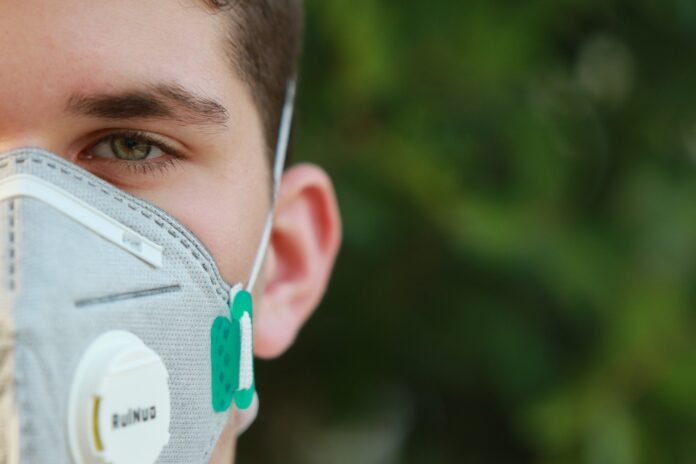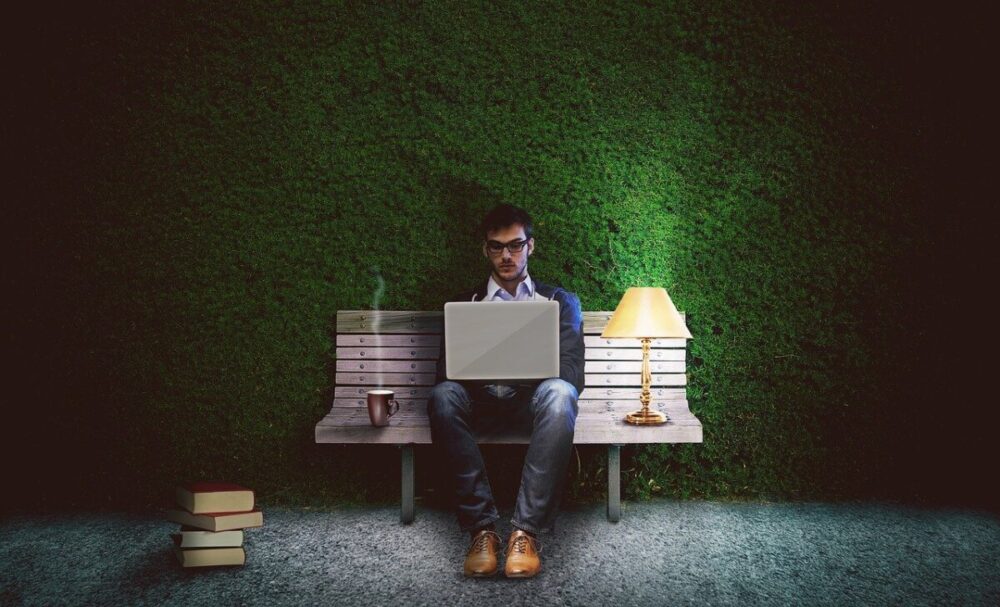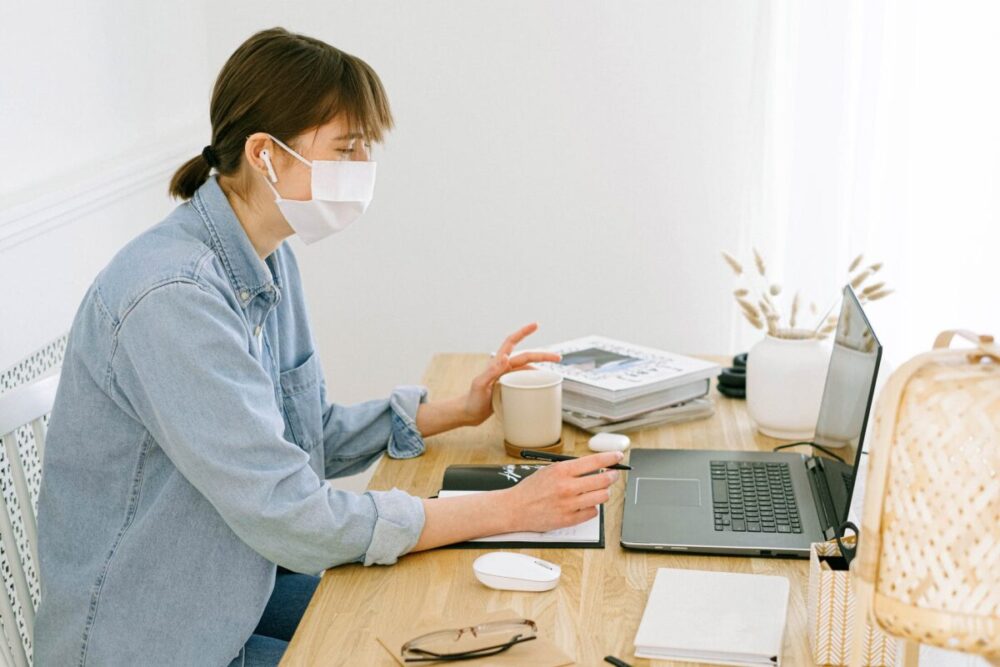
Nearly every country and every state in the U.S. has been under some form of a stay-at-home order, largely since March. Covid-19 has changed the world and how we do things at a rapid pace, and now we’re at a point where cities and states are looking forward to how to lift these stay-at-home orders safely.
According to Personal Injury Attorney Stewart J. Guss, the goal is to gradually open back up to the point that the economy and people’s lives can be restored to some sense of normalcy, without risking a massive outbreak of the COVID-19 virus again.
If there are smaller outbreaks, the hope is that medical facilities will be ready for them.
For months there haven’t been sports events, dining in restaurants, or international travel. Even the things we think of as essential have been canceled.
For example, courts have postponed trials, doctors have put off non-essential procedures, and we’ve all been living in a pause.
What will life look like after lockdown? There will certainly be changes, although none of us really knows how long those changes will last or whether they will become part of the day-to-day way we do things.
The following are things we might expect, as we emerge from this unprecedented time.
The Workplace

If you’ve continued to go to work as normal, then it might be that your office looks the same after this but for many employees, it won’t.
First, if it’s possible for employers to have employees continue to work remotely, that’s what they’re being advised to do.
When employees do come back into the office, there will be a focus on social distancing.
Examples of how this could be implemented at work include eliminating break rooms and meeting rooms, and a move away from the open-concept office.
There may be staggered schedules so that people aren’t all in the office at once, and the use of technology like Zoom could largely replace meetings.
In China, which has been back to work for some time now, there have been a number of proposed measures to curb the spread of covid-19. For example, some provinces have implemented longer weekends which is meant to boost economic activity, but of course, also affects the workplace.
For employers who are going to continue having as many people work from home as possible, it will be up to them to decide how to track the productivity of employees and how to make sure they remain engaged and connected.
Face Coverings

Face coverings have been the target of a lot of mixed messages over the past few months. While it’s common in some countries to wear face coverings regularly, particularly on public transportation, that’s never been something you saw a lot of in the U.S. until now.
Most cities and states are encouraging face coverings when people are out and about and can’t stay six feet apart, but some are going as far as requiring and enforcing it.
Interpersonal Contact
America’s not a country where you see as much hugging and kissing as somewhere like Italy, but still, we will likely change how we interact with others.
Even after actual quarantines are fully lifted, it could be that this situation has trained us to keep our distance. A lot of people feel a sense of anxiety about what’s often described as an invisible enemy.
In work environments, handshakes may be out, and among friends and close contacts, hugging and kissing each other on the cheek may also be avoided.
For some people, there’s the potential this situation could trigger phobias.
Travel

There have been countless predictions about what travel will look like this summer, as well as beyond that point.
The world was somewhat obsessed with international travel before the pandemic.
What might have been thought of as a luxury once-in-a-lifetime vacation a few decades ago has become common annually for many people.
Flights became readily available and somewhat more affordable for more people, and there was before this pandemic, a massive movement of people every day around the globe.
Some feel that travel will bounce back because people have been in their homes for so long, and they’re missing that element of their life. As with other aspects of life after lockdown, others theorize it will take a long time for travel to bounce back and people may be more focused on drivable destinations or domestic travel.
It’s likely that some of both ends of the spectrum will be the case.
If you’re a diehard traveler, you may not feel apprehension about hopping on a plane again, but you’ll likely see some changes on the part of the airline such as reduced beverage services, mandated face coverings, and empty middle seats for social distancing.
There’s a bit of skepticism regarding the concept of globalization right now, and countries are enforcing borders and stopping outside travel, so that’s going to factor into travel on an international level going forward.
More e-Learning

Education at all levels has been put on hold throughout the COVID-19 outbreak. Schools were among the first things to be canceled in many states, and they remain closed.
While students are anxious to return to school, this time could show that there are also options to integrate more e-learning for students, whether they’re in elementary school, high school, or college.
Of course, there could also be a backlash against online learning, as many families have found it’s extremely challenging to implement, and they are looking forward to their kids returning to a sense of normalcy at school.
There’s always the chance that everything that happened during the lockdowns could be reversed as soon as people once again start living their daily lives. There could be positive takeaways from the experience, but also a desire to put it behind us.
No one knows what the next few weeks much less months hold, but we’re all anxious in many ways to move forward and past the current situation.








